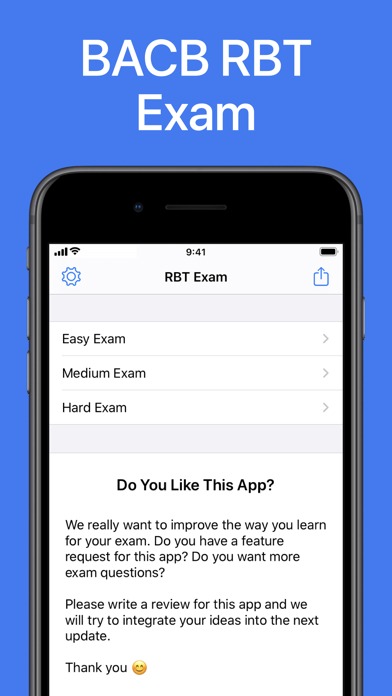Puzzles are activities that challenge students to find solutions, patterns, or connections using logic, reasoning, and creativity. Puzzles can be verbal, visual, spatial, or numerical, and they can vary in difficulty and complexity. Puzzles can be used to introduce, practice, or review math concepts and skills, or to extend and enrich math learning. One of the nice things about logic puzzles is that they are short. Until students really understand the strategies used to solved the logic puzzles you will need to make time for them. After the first few puzzles, you will have a few students that completely understand them and can mentor other students.
With Logic Training, you’ll get access to downloadable PDF logic puzzle books for you and your kids to help grow their confidence and thinking. Some other books about mathematical logic and a recommended audiobook provide mathematical logic exercises and puzzles for those just getting started in the subject. The first simple puzzle is actually an iteration of Smullyan’s classic knights and knaves riddles, introduced in his book, What Is the Name of This Book? In the puzzles, knights always tell the truth, knaves always lie, and your task is to find out, based on what they say, who’s who. We at GeeksforGeeks have tried to cover all theological puzzles asked in placement Companies.
Research on “grit” or mental toughness shows that the ability to stick with demanding tasks can be a better predictor of positive outcomes than intelligence. Learning how to persevere after a failure, or in the case of a riddle, not getting the correct answer, is the essence of building grit. One nice feature of math riddles is that not getting the answer doesn’t have any consequences; through math riddles, kids can learn that failing is safe, which helps them take positive risks later. It is precisely those kinds of positive risks that allow entrepreneurs to grow companies and inventors to try again and again when their first attempts go sideways. A combination of different challenges like math, solving puzzles and formulas keeps the brain alive. Once your child develops the necessary mathematical thinking, they will relate to things.
Can you solve the fish riddle? – Steve Wyborney
With out reasoning we can’t solve any type of logical problems. Solving logical puzzles can also improves IQ level and maturity level. The peg problem provides rich opportunities to call out CT practices and behaviors, and also an opportunity for students to experience productive struggle and exhibit perseverance in mathematics.
The Global Math Circle — an online program — offers some scholarships and sliding scale payments. Parents can also unite to advocate for a Math Circle or other math enrichment at their school. Put an X next to all girls and skating, fishing, and snowboarding. Put an X for skating, fishing, and snowboarding and 2PM. This is similar to the first clue – you are just eliminating choices. Learning to really zero in and what is written is important for every student in every class. Euclid wanted to prove that things were true by using logic and reason.
Puzzle 3
They point out that he does not have much scientific evidence to back his ideas up. They argue that his intelligences are closer to a personality quiz than an empirical scientific theory. And while this may be true, you might still find Gardner’s theory useful to gain a better understanding of your own interests and the way you prefer to learn. Four people are trying to cross a sketchy rope bridge in the middle of the night.
Read more about cmos implementation here.
Both are accurate to some extent, but neither are all-inclusive. Maths is about creating tools to study the world around us. Numbers, sizes, fields, graphs and structures are all classic examples of those tools. I start from a basic set of requirements and no idea how all they fit together.









